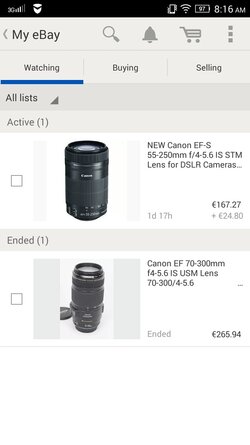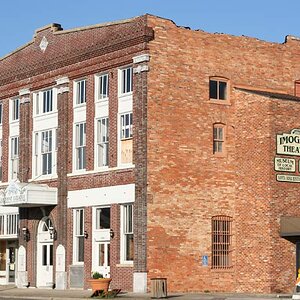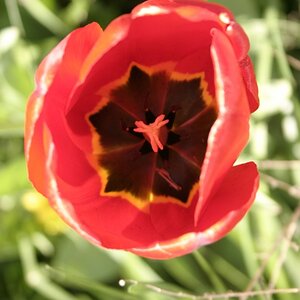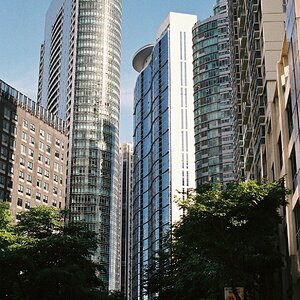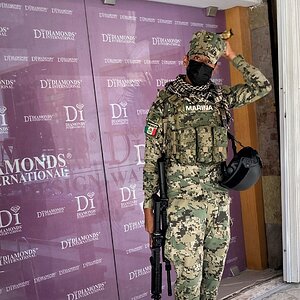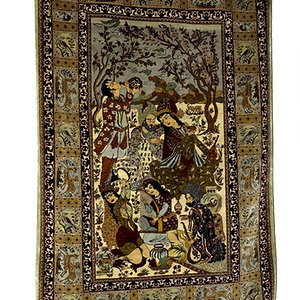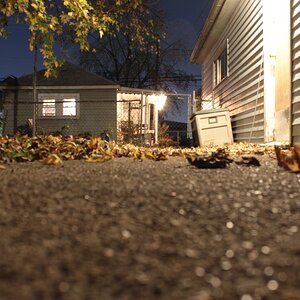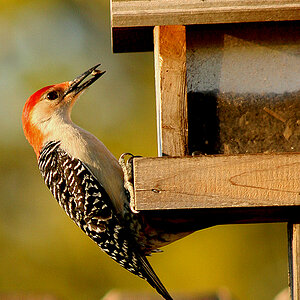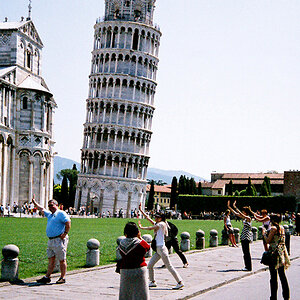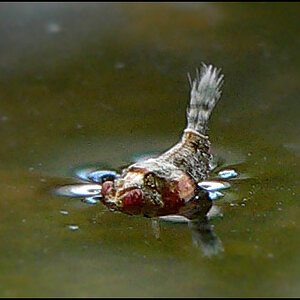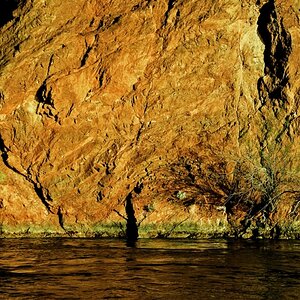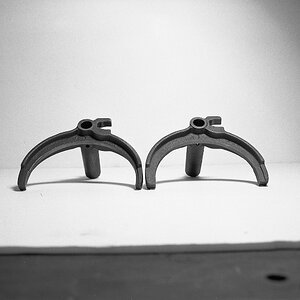Distracto
TPF Noob!
- Joined
- Apr 20, 2015
- Messages
- 7
- Reaction score
- 0
- Can others edit my Photos
- Photos NOT OK to edit
Hi, i just purchased my first dslr,as a beginner i done some research on the basics and im doing quite good on mastering tlall the manual settings but im still confused on quite a few topics, id be glad if you could help me out.
To start with, im still not sure on what the f- is used for, i noticed that if you have a low f value such as 3.5 u get the effect of a focused subject and a blurred background but isnt that supposed to be achieved by using the depth of field value ?
Also i have an efs 18-55mm lens and i want to buy a better zoom lens but i habe no idea on what certain specs of the lens mean. Such as whats the difference between an efs and ef canon lens. And what important specs about a lens should i consider ?
Thanks
To start with, im still not sure on what the f- is used for, i noticed that if you have a low f value such as 3.5 u get the effect of a focused subject and a blurred background but isnt that supposed to be achieved by using the depth of field value ?
Also i have an efs 18-55mm lens and i want to buy a better zoom lens but i habe no idea on what certain specs of the lens mean. Such as whats the difference between an efs and ef canon lens. And what important specs about a lens should i consider ?
Thanks


